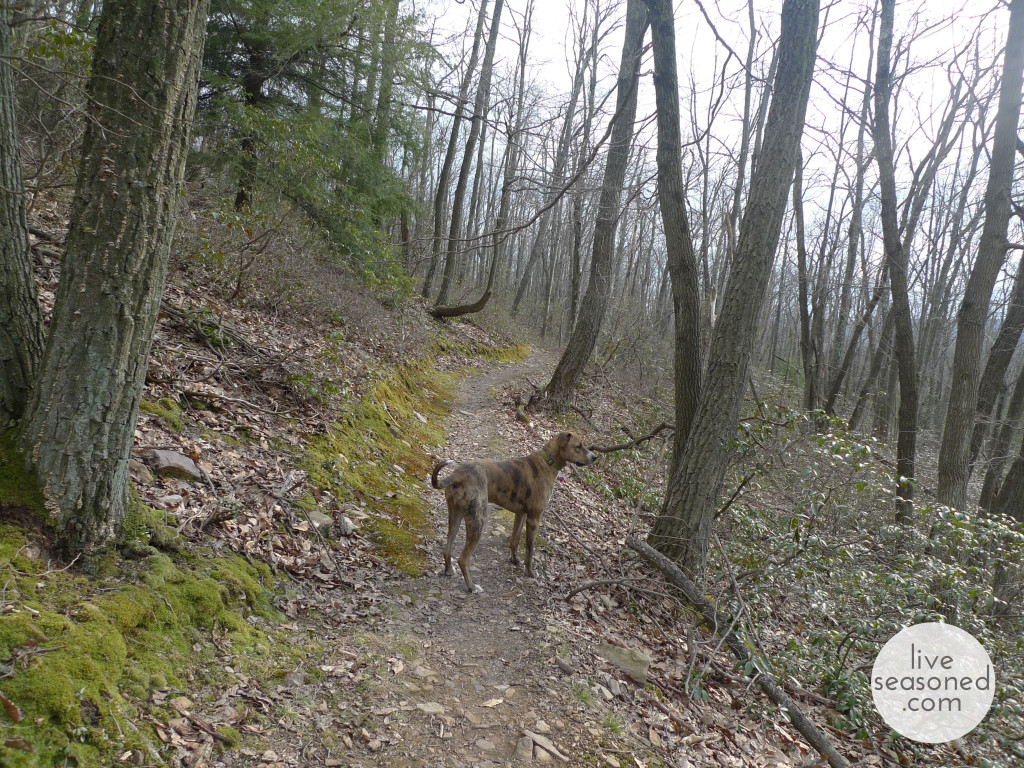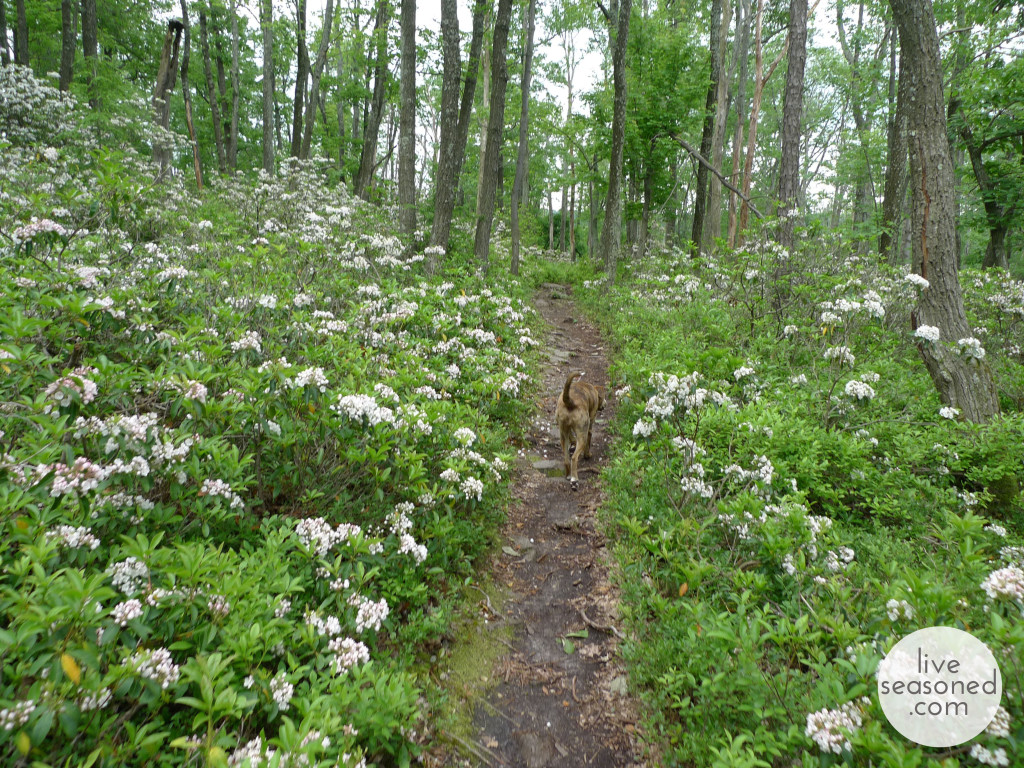This post was originally published on March 12, 2014. Seven years ago! Since then, I’ve moved from PA to CO, and Sarah’s moved from PA to NC to WA. Wow. I can say for certain that both of us are still getting to know our new home states, and something that brings us joy is understanding the seasonal variations.
This desire to know my place came up for me this week. I was hiking and realized that I could identify more plants, even in their deadened winter state, than I could last year. BUT I also realized that I wanted to make a recipe that called for newly developed evergreen needles, and I realized that I didn’t know exactly when the firs and spruces put out their new needles. Is it soon? Do I have to wait until June? I have no clue, but I bet by next year I’ll know.
What do you know about the natural cycles of the plants and animals where you live?
Today we are excited (in the dorkiest of ways) to talk about phenology. Phenology is the study or observation of the annual biological cycles of plants and animals (not to be confused with phrenology, which is the study of your lumpy, bumpy head). These cycles are made up of reoccurring events that are driven by seasonal variations in temperature and precipitation. For example, every spring we expect the cherry blossoms to open, every fall the hummingbirds migrate south, and every winter we plan our summer vacations, but the exact timing of each event varies slightly from one year to the next. Observing, recording, and sharing the exact timing of these events creates a valuable database that can be used to look for patterns in these cycles, and variations that may tell us something about how the natural world is changing.
There are historical records of cherry trees blossoming in Japan and grape harvests in France going back centuries. Current phenological records have provided valuable data that trees and flowers are budding out earlier each spring and keeping their leaves longer each fall.
We love phenology because it is the simplest type of science. The only tools required are your eyes and ears, a pencil, and paper (today paper and pencil aren’t even necessary if you have a smartphone and the Nature’s Notebook app). It is a true citizen science in that anyone can do it, from the littlest of littles to the biggest of big kids. It provides an excuse to get outside. AND ~ anyone practicing phenology knows that you create an intimate bond with nature, one that requires you to slow down for a moment but in turn provides a bit of peace and a gentle reminder of how much we rely upon these cycles.
“From the beginnings of history, people have searched for order and meaning in these events, but only a few have discovered that keeping records enhances the pleasure of the search, and also the chance of finding order and meaning. These few are called phenologists.” – Aldo Leopold (1947)
There has been a resurgence in the public’s interest in phenology recently. It seems to be fueled by a curiosity and concern about our changing climate. Gardeners and naturalists have begun to notice slight changes in their backyards and on their favorite hiking trails, and collectively have provided enough data to show that indeed the growing season is longer. The change has been significant enough that the USDA updated their plant hardiness zones!
There are a few regional phenology networks, but we are most familiar with the USA National Phenology Network (USA-NPN). Anyone can join and log data with the network. When you sign up, you choose the plants and animals you want to observe; pick something you are comfortable identifying and that you observe on a regular basis. I log observations for mountain laurel and teaberries along one of my favorite hiking trails and lilac and echinacea in my backyard.
By hiking the same trail all four seasons and year after year, I know every twist and turn of the path. I know when the mountain laurel is about to bloom, where the greenest moss is for photographing, and where the forest floor will be flush with teaberries for snacking. The trail has become my backyard, and being out there gives me such a sense of peace and reassurance that any cityscape can’t. I’m so happy to give back by helping to observe and track the forest’s changes.
What about you? Are you a careful observer of the phenological changes around you? Do you participate in the USA-NPN?




